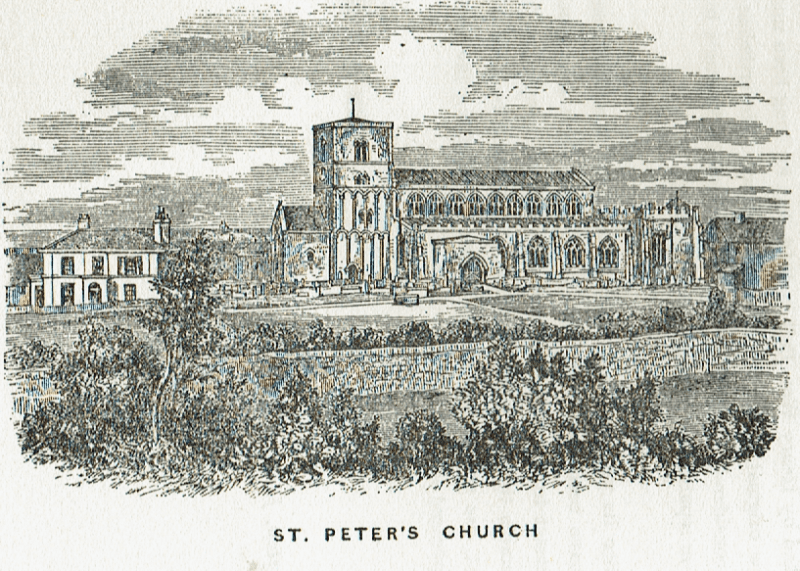
Poulson divides his 160 page overview on the history of Holderness into the following sections;
Roman era – nine pages (Poulson, in the early 19th century, had not the benefit of later discoveries about the pre-history of the region).
Anglo-Saxon era – six pages.
Norman era – three pages.
Earls of Albemarle (‘Lords of the Seignory’, Lords of Holderness) – 79 pages (compare with the work of Prof. Barbara English on this topic).
Deanery of Holderness – 19 pages.
Drainage – 24 pages.
Population – 10 pages.
Wapentake of Holderness – nine pages.
Two words in this introduction to Poulson’s work perhaps need some explanation; (a) ‘Seigniory’ (see the title page image on yesterday’s blog) is defined as a territory under the dominion of a lord, a feudal landholding, (b) wapentake is defined as a medieval sub-division of a shire county within the counties of Yorkshire, Derbyshire, Nottinghamshire, Lincolnshire, Northamptonshire and Leicestershire. In other English counties a similar area of subdivision was known as a ‘hundred’.
George Poulson died at the age of 75 in 1858.
Also on his title page Poulson summarises his sources of evidence as ‘authentic charters, records and the unpublished manuscripts of the Rev. William Dade. In other words Poulson had permission to use the notes and manuscripts of the late Rev. Dade, and indeed thereby to produce a publication that Rev. Dade had been unable to produce in his lifetime. The Rev. Dade, vicar of Barmston for many years, figures in the Dictionary of National Biography (see the website), this unlike George Poulson.
By 1840 George Poulson was already well known in regional literary circles as in 1829 his previous great work had been published, ‘Beverlac: or the Antiquities and History of the town of Beverley, in the County of York: and of the Provostry and Collegiate establishment of St. John’s’.
The above scan is taken from Henry William Ball’s History of Barton, published 1856. this is relevant as shall be seen in the next blog.